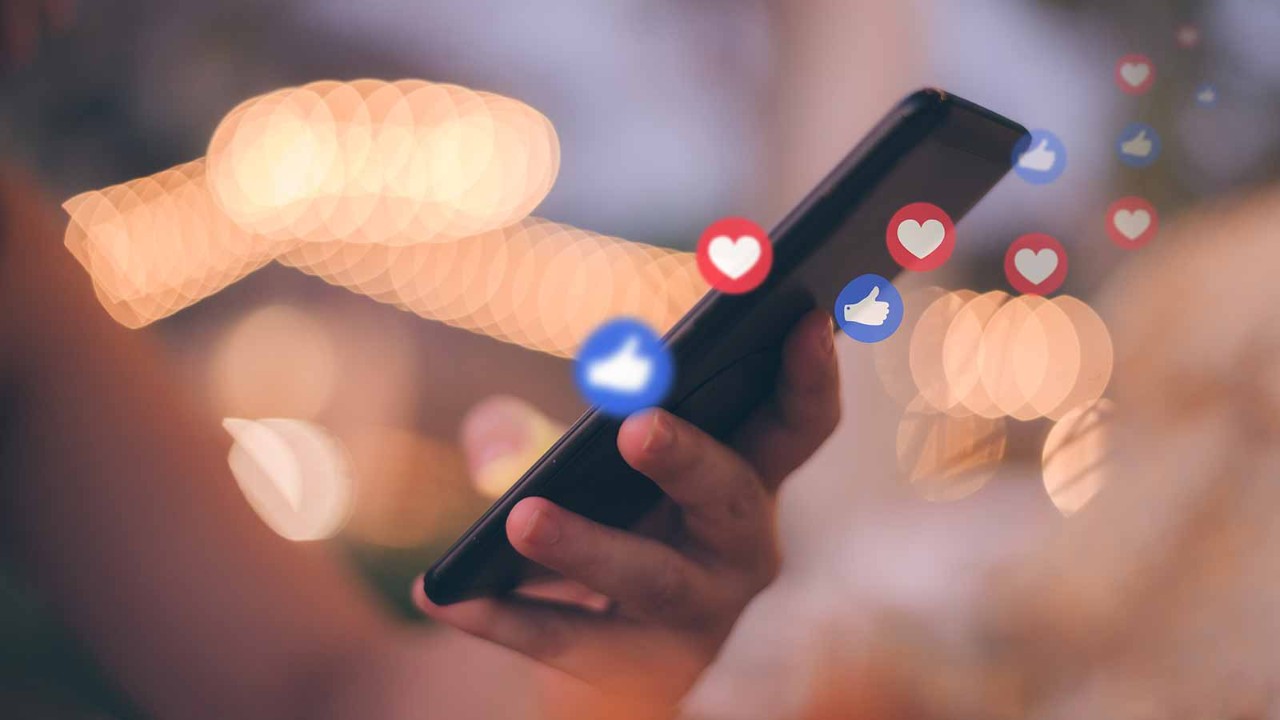
The world’s richest man, with a fortune estimated at north of US$200bn, Elon Musk runs two of the world’s highest-profile companies: Tesla and SpaceX. He is also something of a social media star, with 105 million followers on Twitter. His social media pronouncements on everything from the performance of his companies to spicy comments about individuals are a unique strategy for the chief executive of a public company – Musk famously doesn’t have a PR operation backing him.
Yet his use of Twitter has been controversial and at times have brought him to the attention of the regulators. He was once fined US$20m by the US Securities and Exchange Commission over some of his Tesla-related tweets. It is hard to imagine any other executive who could use the platform the way he does without it being problematic for their company.
What works?
Many executives struggle to navigate the social media landscape. However, the power of these networks is such that they cannot be ignored. But how much should you share? Do you, as your employees might expect, offer opinions and comment on issues in the news? Do you use social media to promote your business and explain what it is doing? Do you respond to criticism from your customers or users? And what happens if it all goes wrong?

Twitter, Facebook, Instagram, TikTok and Snapchat can be hard to get right
Startups and tech entrepreneurs are most likely to use social media. It’s a good (and cheap) way to build a profile and brand. But you might struggle to find the head of a professional services firm or plc who is active daily on any social media platform – the potential for things to go wrong is too great.
The platform that executives tend to feel most comfortable on is LinkedIn. It offers a safe space to highlight your personal and company achievements, and is an amazing recruitment tool. It is rare that anything posted on LinkedIn will blow up into a controversy or become news. Twitter, Facebook, Instagram, TikTok and Snapchat, on the other hand, can be hard to get right. While social media teams can build an organisation’s online presence and a brand, the process can feel less authentic for an individual.
Platform picks
Twitter has an outsized influence on events even though its subscriber numbers are relatively small, yet few chief executives will be found on it, and those that do appear rarely engage – certainly not at the level of Musk. Instagram and TikTok are where you will find a younger audience and the use of video rather than words. While Facebook has the biggest audience of all and is how many small businesses find their customers, you will rarely find your friends and colleagues actively using it.
Bernard Looney, the chief executive of BP, occupies a position that is important in his industry as well as for many other stakeholders. Since his appointment he has been prominent on Instagram, where he highlights the work he does, a little behind the scenes at BP and his career. It’s a clever use of the platform for somebody in a role that could draw him into controversy. It would never work on Twitter, yet his Instagram profile gets it right.
It is a model of effective social media messaging. While the power of social media may make engagement unavoidable, if only to find out more about what can help your customers and your company, the truth is that you don’t need to share every moment or comment on every piece of news. And when you do share, it needs to be – and feel – authentic.



